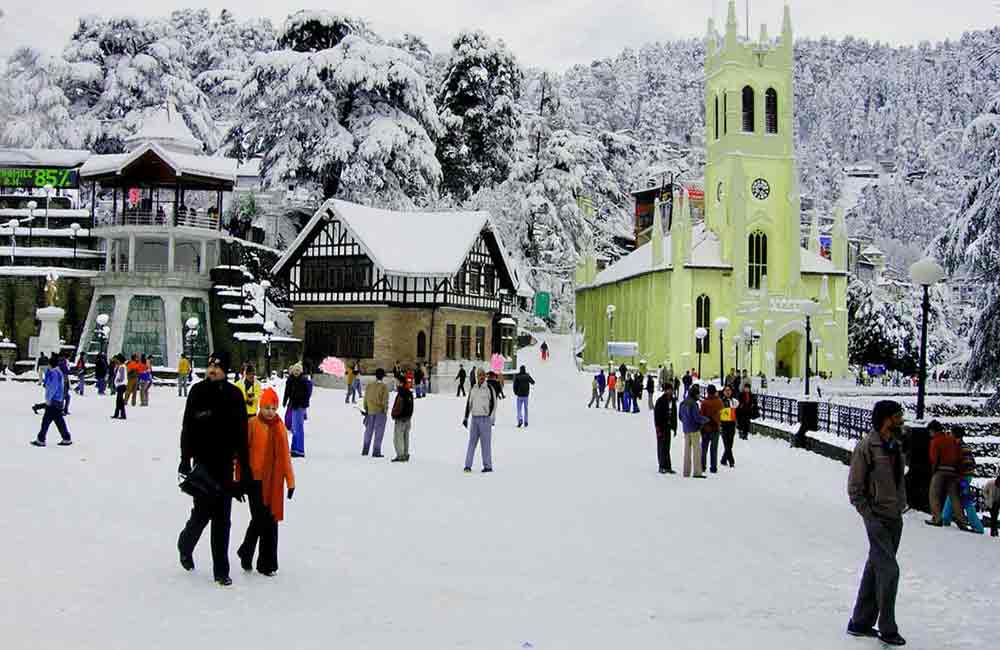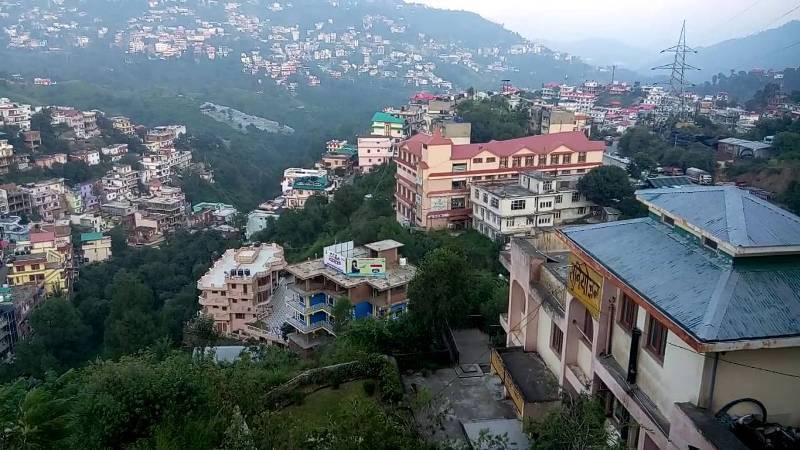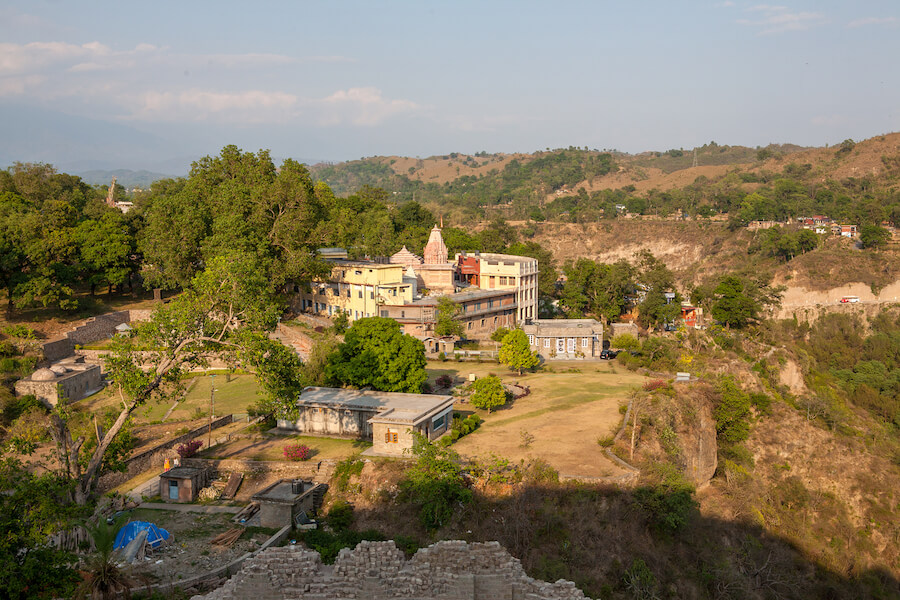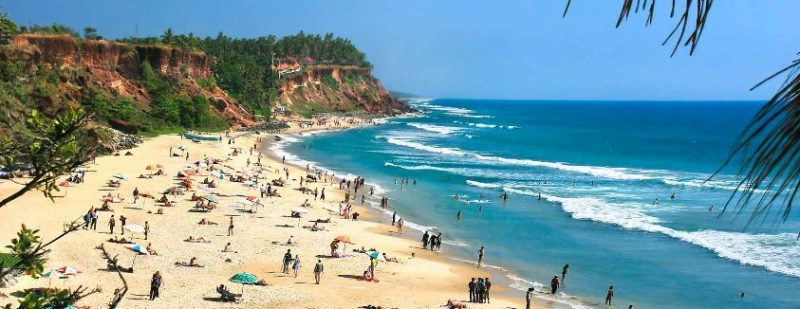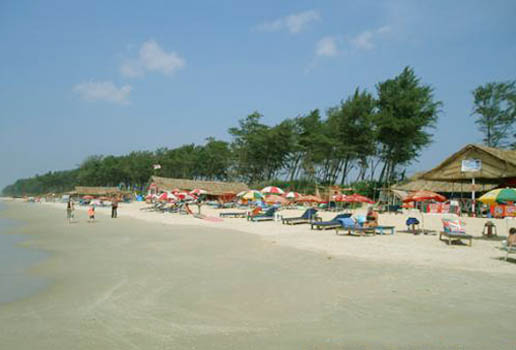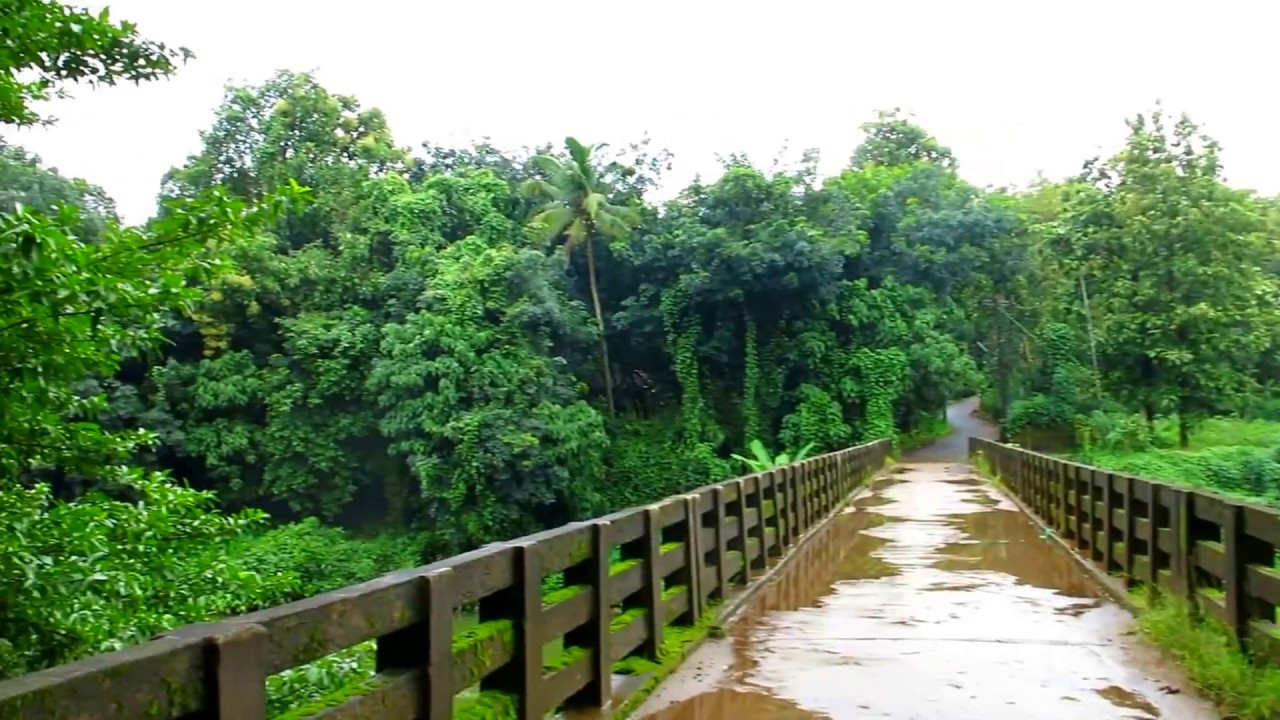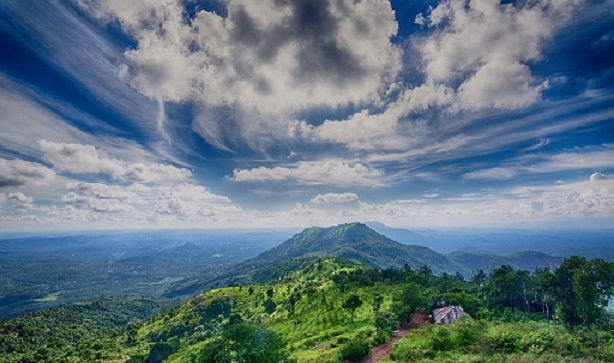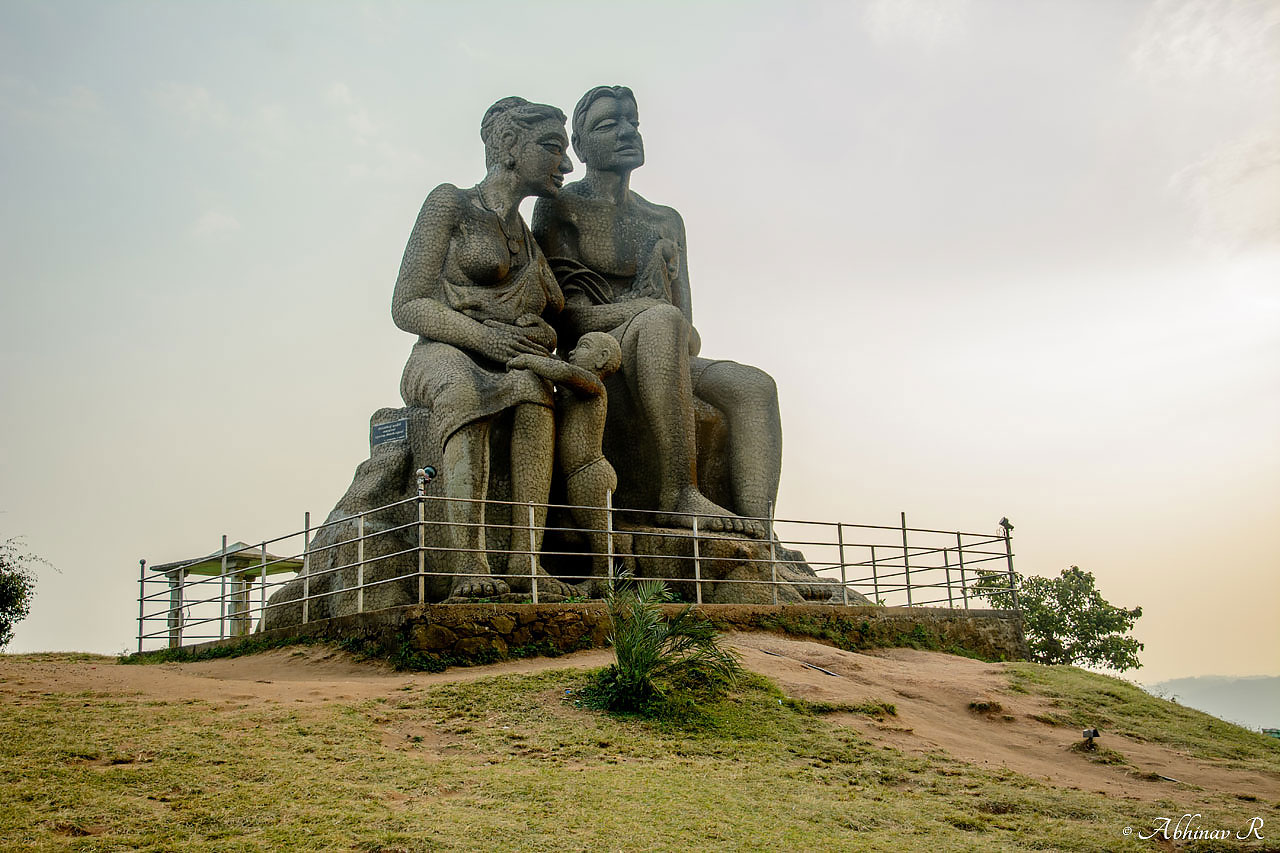Papum Pare Tourism
Papum Pare is a district in Arunachal Pradesh located in the western part of the state. The district headquarters are located in Yupia, which is about 25 kilometers away from the state capital, Itanagar. The district is named after the Pare river, which flows through the region.Papum Pare is known for its rich natural resources, including forests, rivers, and waterfalls. The district is home to a number of indigenous communities, including the Nyishi, Galo, and Adi tribes. The Nyishi community is the largest ethnic group in the district and is known for their unique culture and traditions. The Galo and Adi tribes also have a rich cultural heritage and are known for their distinct language and customs.The economy of Papum Pare is primarily agrarian, with rice being the main crop grown in the region. Other crops grown in the area include maize, millet, and vegetables. The district is also known for its horticulture, with fruits like orange, apple, and kiwi being grown in the region.The tourism industry is also a significant contributor to the economy of Papum Pare. The district is home to a number of tourist attractions, including the Ita Fort, a historical monument built in the 14th century. The Ganga Lake, located about 6 kilometers away from Itanagar, is another popular tourist destination in the district. Other notable tourist attractions in the area include the Buddha Vihar and the Shiv Mandir.



